How to Use 5 Different Healing Clays
People have used healing clays for thousands of years; let me show you the best external and internal uses for your natural personal care!
Healing clay is just a fancier word for dirt.
No, really!
But then what is dirt?
According to Wikipedia dirt “is the mix of clay, sand, and humus which lies on top of bedrock” (source). So technically, dirt is more than just clay.
Now clay is a finely-grained natural rock or soil material that combines one or more clay minerals with possible traces of quartz(SiO2), metal oxides, and organic matter (source).
People have used healing clays for at least 6000 years. Cleopatra reportedly used it to improve her complexion.
What is healing clay?
Aside from any over-technical description, healing clay or medicinal clay is an umbrella term for different types of clay. Depending on the region where they come from they can vary greatly in composition and color.
Common ones are Bentonite clay, green clay, Kaolin clay, red clay, and loess.
However, all of these are good sources of trace minerals. Most notably, magnesium, calcium, sodium, copper, iron, silica, and potassium. Up to 75 different types of minerals have been found in clays!
Healing or medicinal clays can be used internally and or externally. In fact, animals roll in mud or ingest dirt to treat skin issues or digestive upsets!
Medicinal or healing clays available for purchase have been heated to destroy any harmful bacteria. You can find more information here.
The German naturopath Adolf Just described healing clays as the “best remedy of nature”.
Different types of healing clay
Bentonite clay
This may be one of the most common healing clays. It is highly absorbent volcanic ash that has detoxifying and antimicrobial properties.
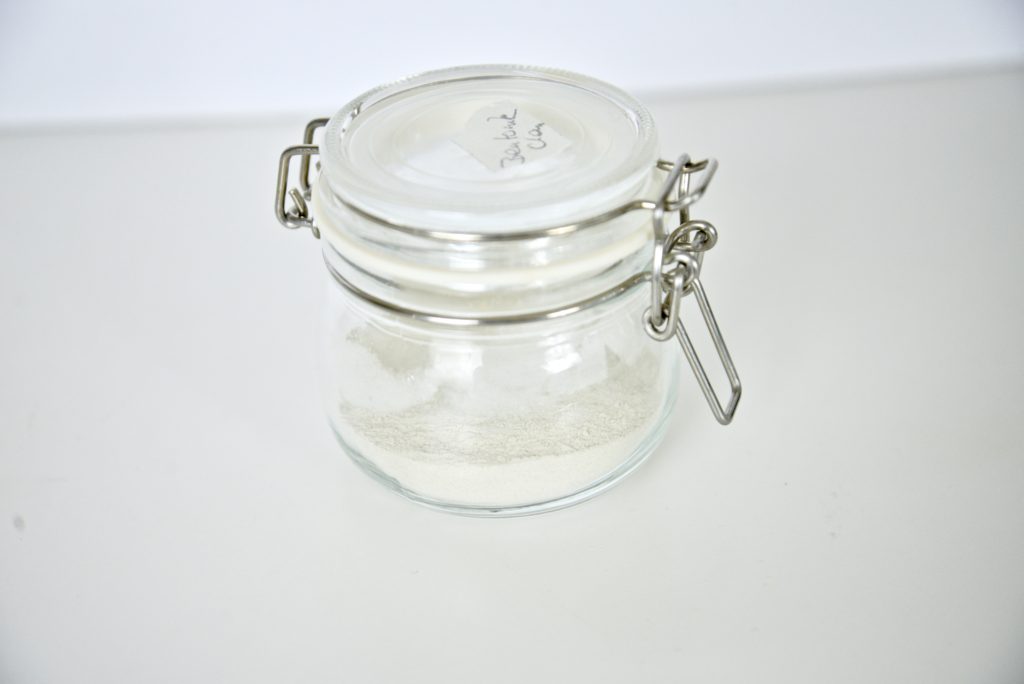
Green clay
Green clay is a bio-mineral composed of both decomposed plant material and trace minerals. The decomposed plant material gives it its distinct green color – and its name.
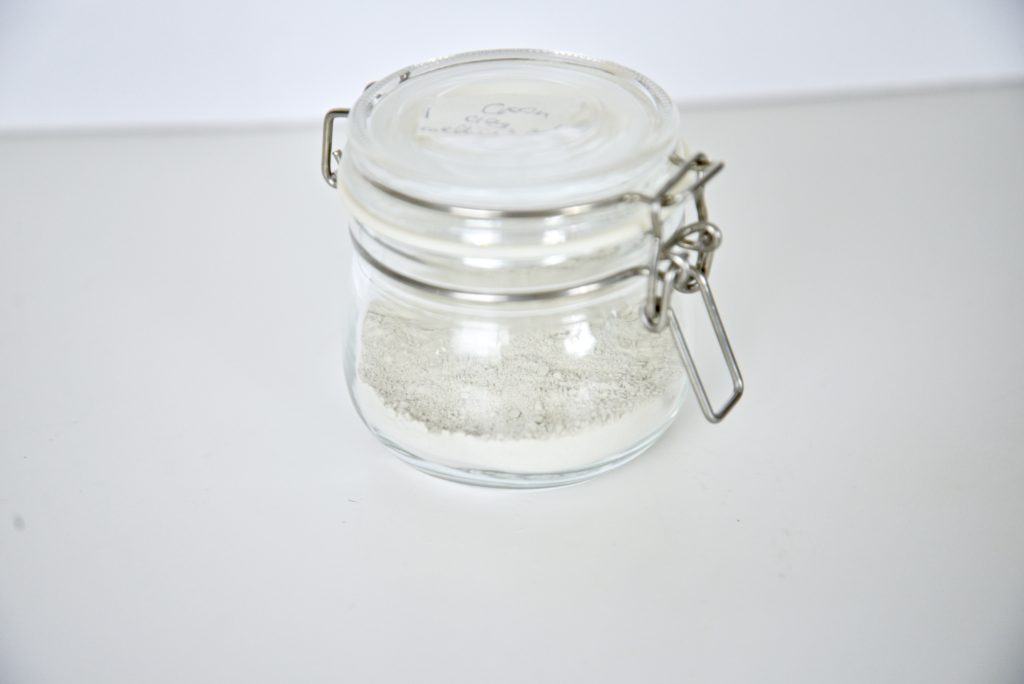
White Kaolin clay
Kaolin clay is another very common white clay with a variety of uses. It is the most versatile of the healing clays since it does not draw oils from the skin. With its mild exfoliation, it is great for sensitive skin.
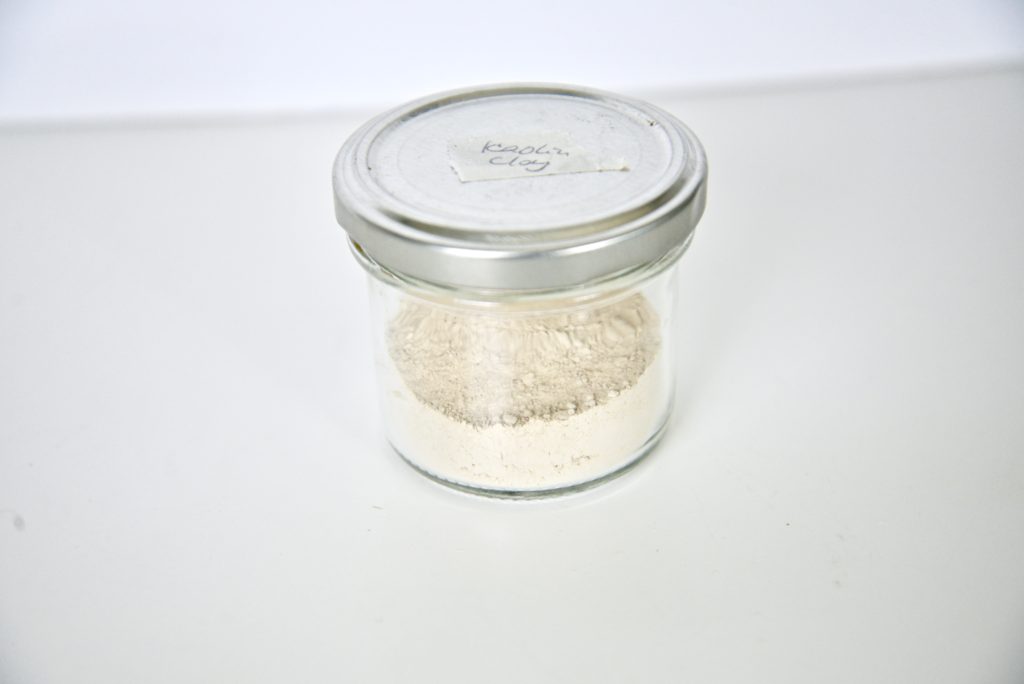
Red Montmorillonite
Another variety of medicinal clay with a distinct red color. Due to its highly absorbent and clumping properties, it has many uses.
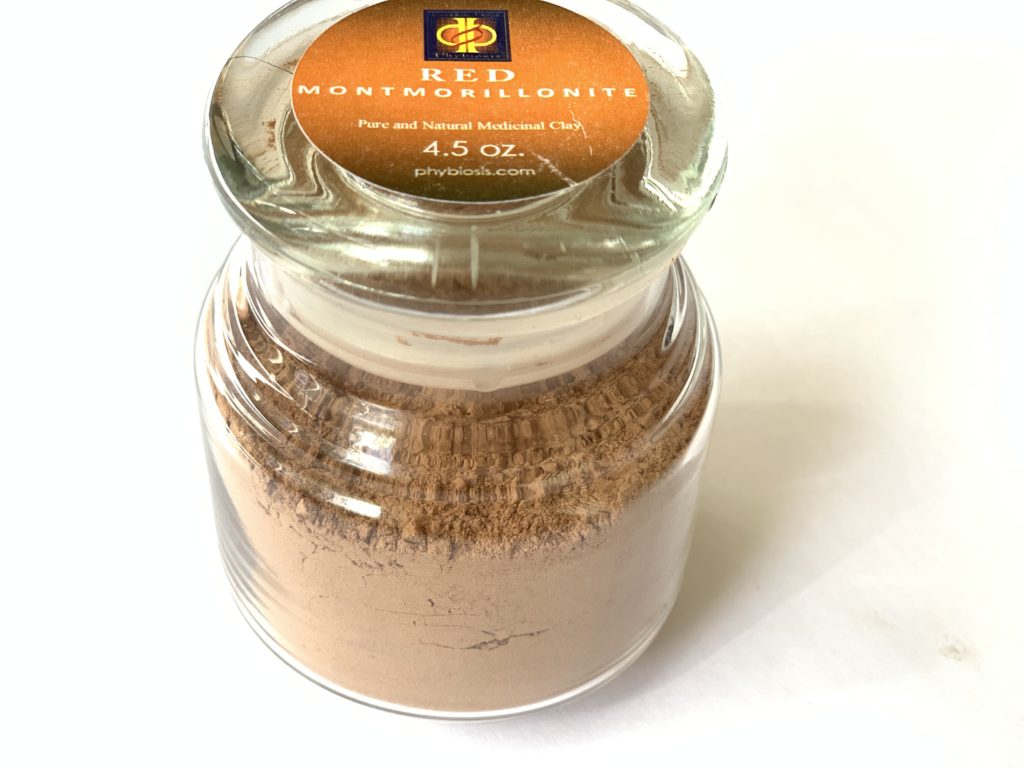
Loess
Yellowish-brown loess is formed by the accumulation of wind-blown dust and covers about 10% of the earth’s land area. Under its brand name “Luvos Healing Earth” it is the most commonly used healing clay in Germany.
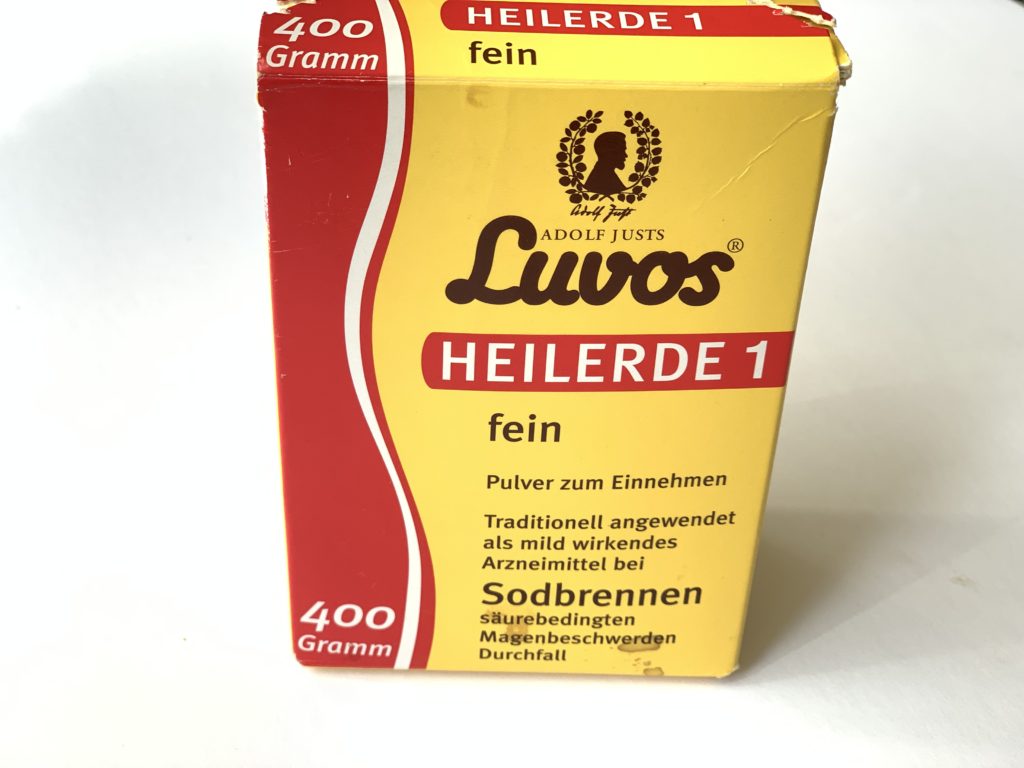
How to use healing clay
Please note that the following is just for informational purposes. Always consult your qualified health care practitioner!
External:
All healing clays can be used externally. They can draw out bacteria and toxins from the skin and help with blood circulation.
You can use them in soaps, detox baths, or directly on the skin (mixed with a small amount of water).
Healing clays are great for any blemishes (blackheads, acne), bug bites or stings, cuts, eczema, psoriasis, minor burns, lymphedema, and inflammation.
You can make a simple clay face mask by mixing clay with water to a smooth paste and applying it to your skin.
As a facial mask, healing clay helps with circulation. It regenerates skin tissue to reduce wrinkles and tightens the skin.
Depending on your skin, leave the face mask on for 5-15 mins. Then you simply wash it off. For extra exfoliation, you can first rub it over a sink and then wash it off with warm water.
For spot treatment (such as an insect bite or one small area), you can apply a bit of clay mixed with water and cover it with a bandaid.
In studies, it has been shown that clay mixed with jojoba oil can reduce lesions and acne up to 54% over 6 weeks (source).
We have been using bentonite clay in our DIY toothpaste. We love the gentle scrubbing, detoxifying, and teeth whitening properties.
Internal:
For many decades, my family has successfully been using healing clay for various stomach upsets.
Due to the high trace mineral content, people take it as an addition to their diet. Simply dissolve 1/2 tsp of bentonite clay in a glass of water and drink it. It’s a good idea to drink this about 2 hours away from food or supplements.
Bentonite clay specifically also has mildly laxative properties.
Other clays can be used to treat diarrhea.
Loess clay (Luvus Healing Earth) is traditionally used for heartburn and acid reflux, irritable bowel syndrome, high cholesterol, and general detoxification (of toxic metals).
Where to buy healing clay:
Many health food stores or well-sorted grocery stores with a personal care section carry healing clays. See what they have!
You can also find them online:
Bentonite clay such as this one
Green clay such as this one
Kaolin clay such as this one
Red clay such as this one
Loess clay such as this one(you can also order it from amazon.de which may be a lot cheaper)
Dr. Hauschka sells a clay mask with extracts of nasturtium and witch hazel. I really like it although it’s a bit pricey. You can find it here.
I’d love to hear all you questions or comments about healing clays below!
Pin for Later:
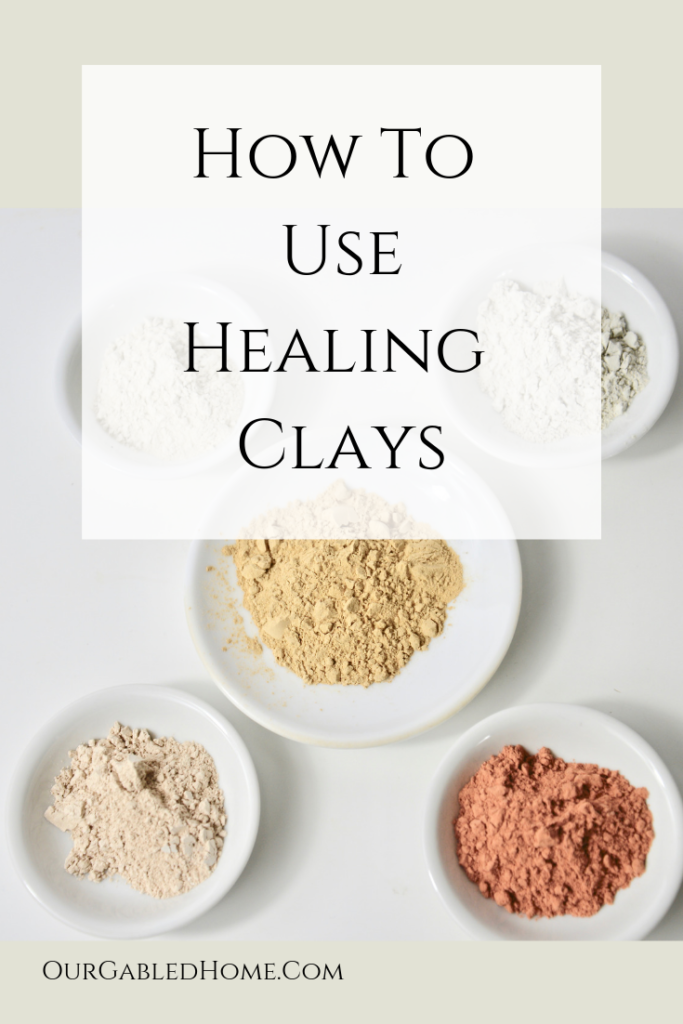
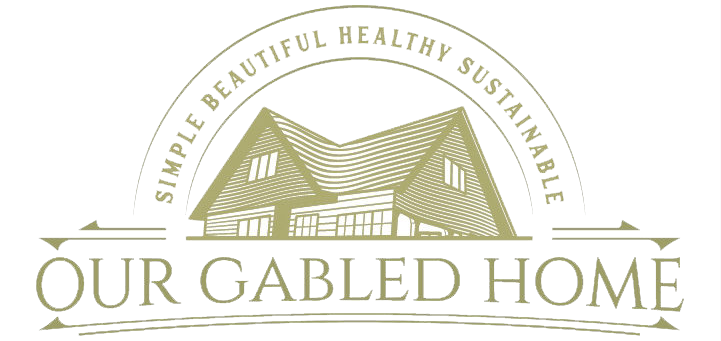

Do you have a home made deodorant recipe that works?
Thank you.
Not yet but it’s on my list of posts/recipes to publish ~ Anja
This is fascinating! I love using bentonite clay but I’ve never looked into the properties of any others!
Nice! I am so glad you are interested in looking at the other types of clay 😊
This is a great post! I also like Dr Hauschka products, but I haven’t tried this mask. Thank you!
Thank you for your nice comment 🙂
I have had a clay mask before for my face. I like thats its all natural and full of minerals. Great list of clay, I will have to look into them.
Thank you and yes, I love clay for its versatility!
Thanks for sharing! Skincare is so expensive and I love the idea of making my own masks.
Thank you for your comment and yes, masks are so easy and inexpensive to make!
I love clays! I use them in our body soaps. 2 I never heard of. Thanks for sharing.
So glad you liked this – I’ll have to try clay in soaps!
This sounds so soothing. I love the feel of clay! I had no idea how many uses it had!
I am so glad you enjoyed this 🙂
What a great post full of useful information. I love making body care products with clays, and I really enjoyed learning about the differences.
Yeah … and thank you for your nice comment!
I’d always heard of people having cravings for clay when pregnant and I always thought it was so strange but now it makes total sense!
Oh, I hadn’t heard that … thank you for sharing <3 !!